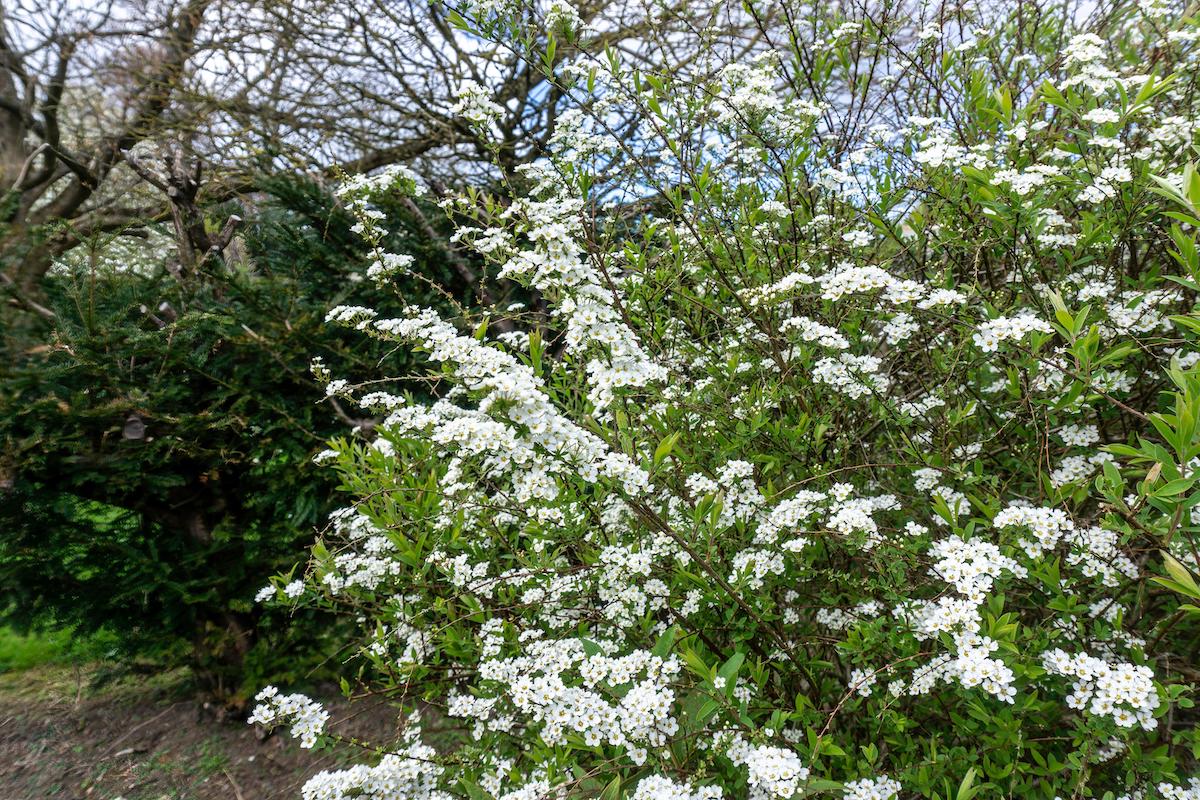Plant folklore - blackthorn

The blackthorn or sloe, scientifically known as Prunus spinosa, is a well known countryside plant and appears frequently in Celtic folklore and mythology. This thorny shrub is intrinsically linked with winter and the concept of strife in Celtic mythology. Its Irish name, ‘Straif,’ is believed to be the root of the English word ‘strife,’ due to its association with hardship and adversity. This connection also suggests a potential for overcoming challenges, making it a symbol of resilience and transformation.
The tree plays a significant role in the myth of Cailleach, the Celtic goddess of winter. Often depicted as an old woman wielding a blackthorn staff, Cailleach uses her stick to conjure storms and usher in the cold season at Samhain, the Gaelic festival on the 1st of November that marks the end of the harvest and the start of winter.
Blackthorn is also associated with the Lunantisidhe, or moon fairies in Irish folklore. These creatures, known for their unfriendly nature, are said to curse those who disturb the blackthorn during sacred times. This belief contributed to the plant's reputation in witchcraft, where its wood was favoured for crafting magical implements. The tree's mysterious aura is further enhanced by its physical characteristics. Its dark bark and vicious thorns, notorious for causing painful infections, contribute to its intimidating appearance. The extreme bitterness of its fruit, the sloe, adds to this reputation.
Despite these associations, blackthorn also holds positive symbolism. It's considered a gateway between the mortal world and the spirit realm, and believed to facilitate communication with other worlds. In some traditions, it's revered as the ‘Mother of the Woods,’ symbolizing protection and purification.
Blackthorn walking sticks are prized to this day due to their character and hardness of wood. Warriors and druids believed that blackthorn walking sticks held magical powers that could ward off evil spirits and bring good luck. The famous Irish shillelagh, a stout branch with an angled, clubbed, end-piece was once so feared as a weapon that it was outlawed. The handle was simply lengthened and the fearsome tool became a walking stick that could revert to its original purpose if required.







